In our lifetime, we’ve met thousands of individuals and have peered at even more faces. Whether referring to brow bridges or cheekbones, each and every face has its own distinctive structure. This prompts us to question how these differences in facial features came to be. Examining the factors responsible for change, especially using different races as points of comparison, helps us piece together the puzzle of why and how.
The disparity between the Mongoloid and the Caucasian are quite evident. The most prominent Mongoloid facial features— the flat face and slit eyes— evolved to accommodate cold temperatures. Eastern Siberia, was originally inhabited by the Tungus, a Mongoloid race. In temperatures as low as the recorded minus 96 degrees Fahrenheit, a facial structure lacking protuberances minimizes the surface area exposed to the cold. This flattening can be seen in reduced browbridges and the nasal skeleton that is the same altitude as the eye’s cornea. A widened face allows some compensation for the size of the nasal resonance chamber needed for speech, but this cavity needs to be more deeply set in order to heat inhaled air. Thus, to create this required depth, the malars, or cheekbones, are enlarged and extended forward.
Perhaps most striking of the Mongoloid characteristics are the eyes. The monolid, or epicanthic fold, is an adaptation to snow glare and snow blindness: the slit allows minimal reception to bright light. Where this slit occurs naturally on the Mongoloid, its effective design was emulated in man-made goggles created by the Arctic Eskimo, showing the engineer-like role of natural selection. Moreover, this monolid allows further protection from low temperatures. It is the fatty layer molded above and under the eye that creates the slit. Fat, a poor conductor of heat and thus an effective insulator, is distributed throughout the face. This facial fat is so crucial that the eye orbitals are extended vertically to provide additional space for fat.
Recent studies have uncovered new genetic evidence to explain other Asian phenotypes beyond the eyes and facial structure.
The EDARV370A (370A) allele, or a variant of the Ectodysplasin receptor, has been traced as the cause of Eastern Asian thickness of hair, an increase of eccrine glands (more sweat) and a decrease in mammary glands (small breasts).
But in further discussion of the potential selective forces causing 370A, the temperature again is a strong candidate— but in this case, the warm temperatures that followed the cold. A large number of eccrine glands supports efficient evapotranspiration, which due to water’s high heat of vaporization, shows a strong homeostatic effect in relieving body heat. As geographical records indicate a warm and humid Central Asia between 40,000 and 32,000years ago, excessive sweating is a selective advantage. Although this heated climate seems to imply there would no longer be a need for slit eyes and flat faces (and while it is true that eyes have become less epicanthic in some areas), the flat facial structures continue due to a lack of a more advantageous gene to replace it.
In contrasting the defined, thin Caucasian face structure with its flattened, insulated Mongoloid counterpart, the effects of adaptation and natural selection are unmistakable.
But it is the nuances between Asia itself, and more specifically, between the Korean, Japanese, Chinese, that are often mistaken as a singular entity.
“The only thing that all these [Asian] people have in common is the habit of eating rice,” states Carleton Coon, author of Races; a study of the problems of race formation in man. In fact, because rice was commonly used to ferment and preserve foods, and alcohol can lead to bodily damages, genes involved in the ethanol metabolic pathway became a target of selection. As the ethanol is metabolized, by product accumulates in the body, creating the flushed cheeks. For it is the ADH1B*47His allele, passed on 10,000 years ago and now nearly universal to East Asians, that causes the modern Asian to flush red after alcohol consumption.
Archaeological evidence supports that the Koreans were a Tungusic race that migrated from Central Asia to what is now the Korean peninsula in the third millennium BC. The Paleo Asians who were driven out of the peninsula by the Koreans are thought to be ancestors to the Ainu, an important ethnic group in Japan. This supports a study researching the allelic frequency of blood markers that found that Koreans are genetically nearest to Mongolians (Central Asia) and are related to the Japanese (Ainu). This is compatible with linguistic evidence that shows the Korean, Mongolian, Tungusic and Japanese language all share a common origin.
Despite the geographical proximity, there is not a demonstrably close genetic relation between the Korean and Han Chinese. This is supported by the fact that the Korean minority living in China for centuries haven’t received much genetic contribution from the Han Chinese.
The Korean population is said to lack most of a sizable ethnic minority compared to Japan and China. Perhaps due to nationalistic pride, Koreans have maintained their cultural and linguistic identity throughout historical migrations. Contrastingly, modern China, with over 3.7 million square miles, is comprised of 92 percent Han- Chinese and another 56 prominent minorities, including the Uyghurs, Tibetans and Hui.
The modern Japanese genotype is a result of an admixture of the Jomon and Yayoi farmers. Characterized with more wide-set eyes and a more pronounced facial topography, the Jomon were the primary inhabitants of Japan until circa 300 BC. As Japan transitioned from being hunter-gatherers to farmers, the period raised the carrying capacity that increased the population and promoted more movement and a dilution of the gene pool.
“The peoples of eastern Asian are quite diverse, and the national boundaries [between ] China, Korea and Japan are relatively recent political compositions that contain a range of different ethnic and cultural groups,” notes Agustin Fuentes, an anthropology professor at the University of Notre Dame.
Even within these nations, the “Japanese, Korean and Chinese are not biological units or even homogeneous populations.”
The differences between the Caucasian and Mongoloid are prominent, but it is the differences within the Mongoloid that lacks recognition. Whether it is their complex social history or evolutionary genetics, the Chinese, Japanese and Korean are significantly different.



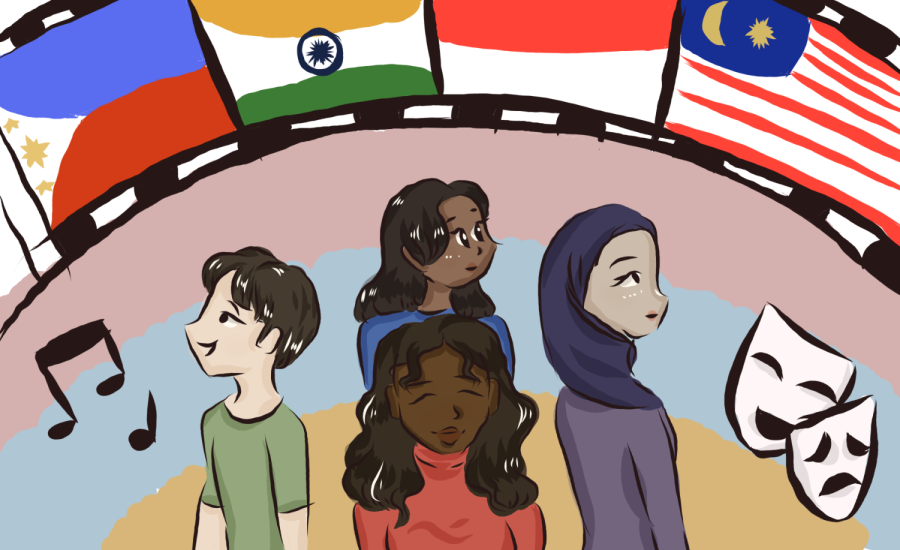

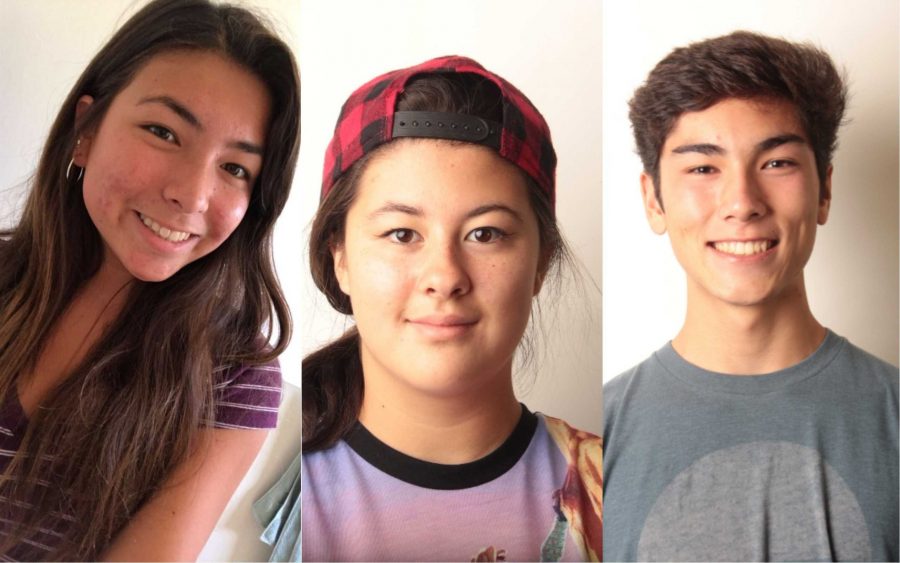
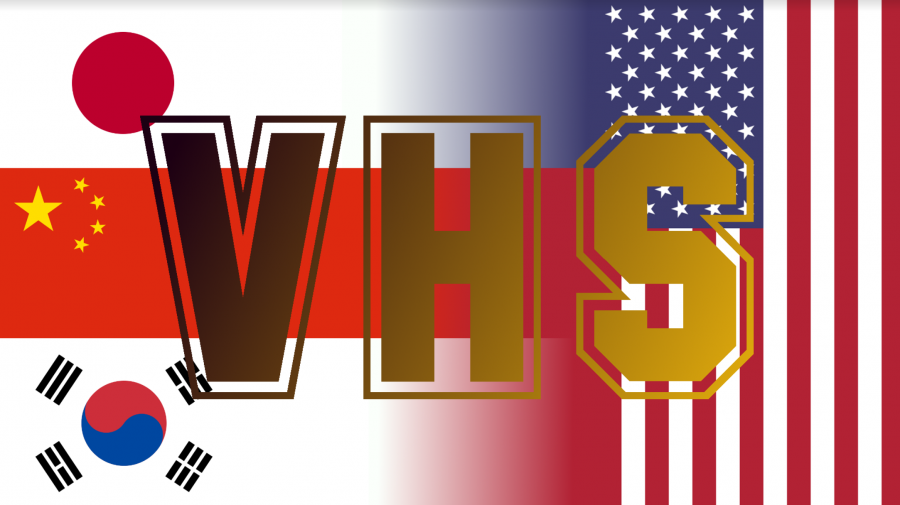

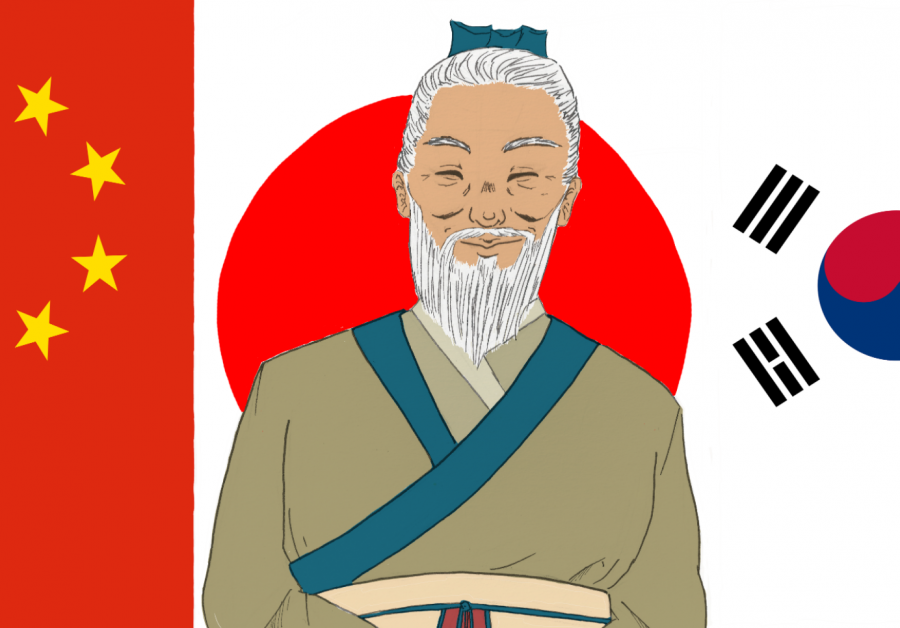
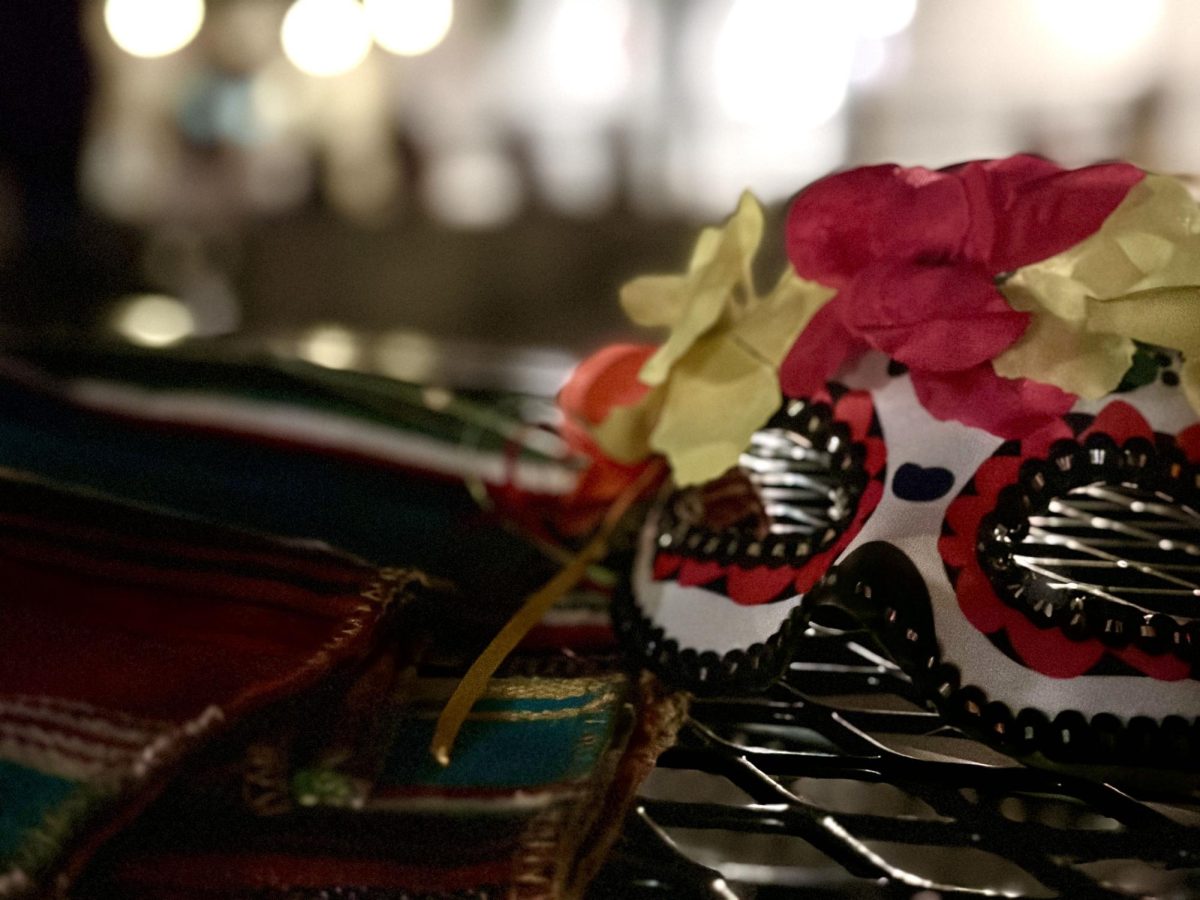






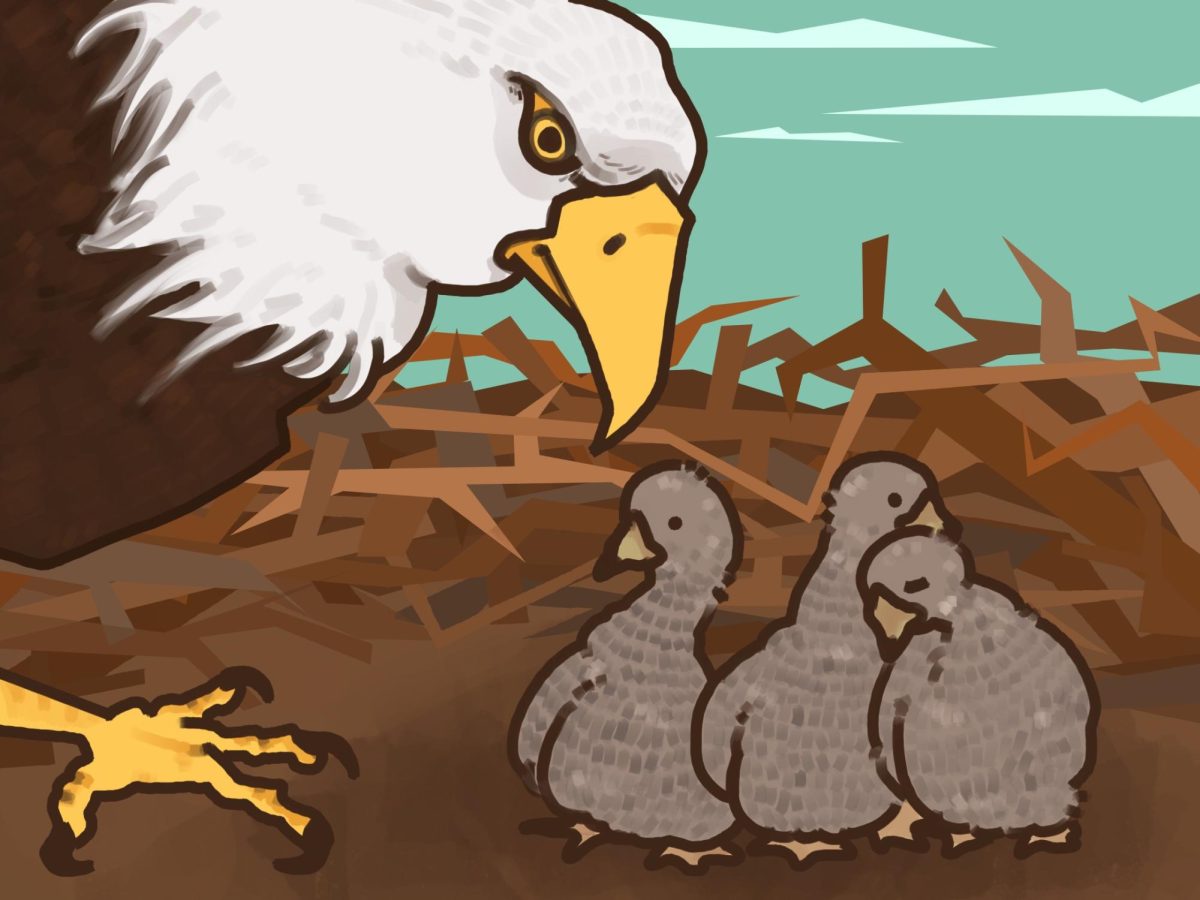

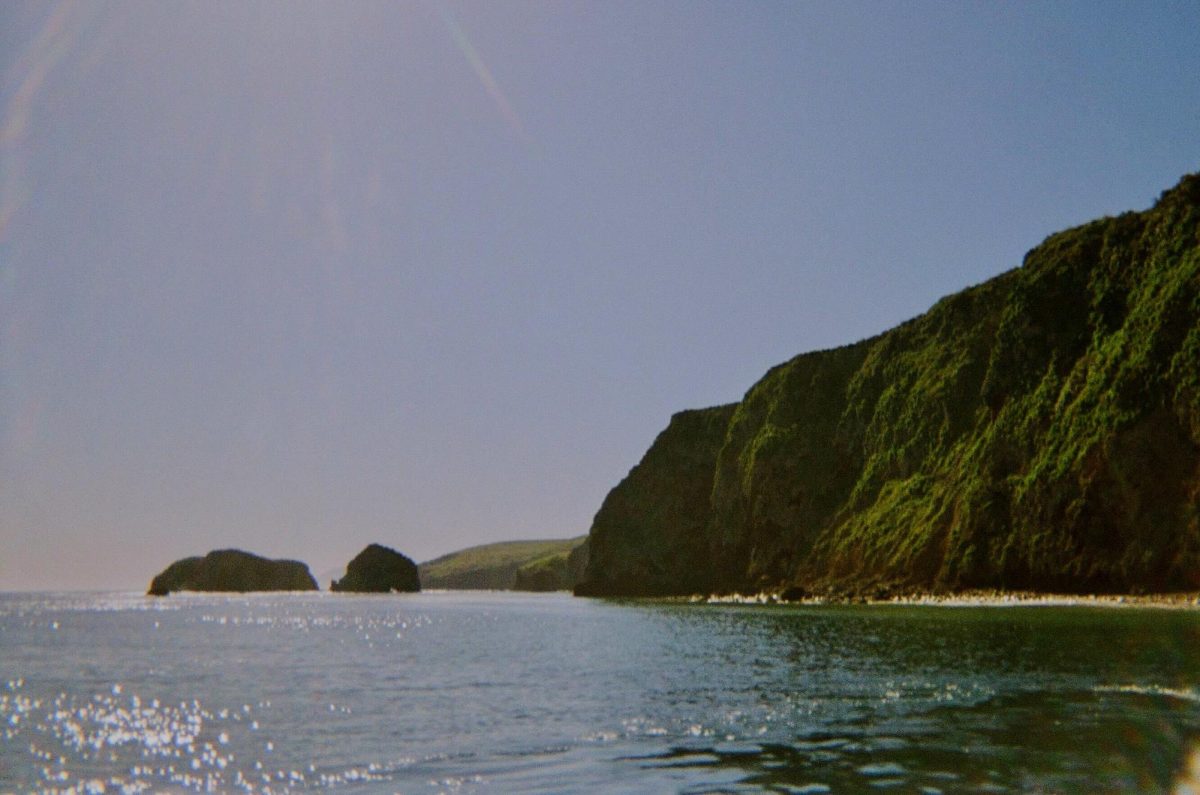

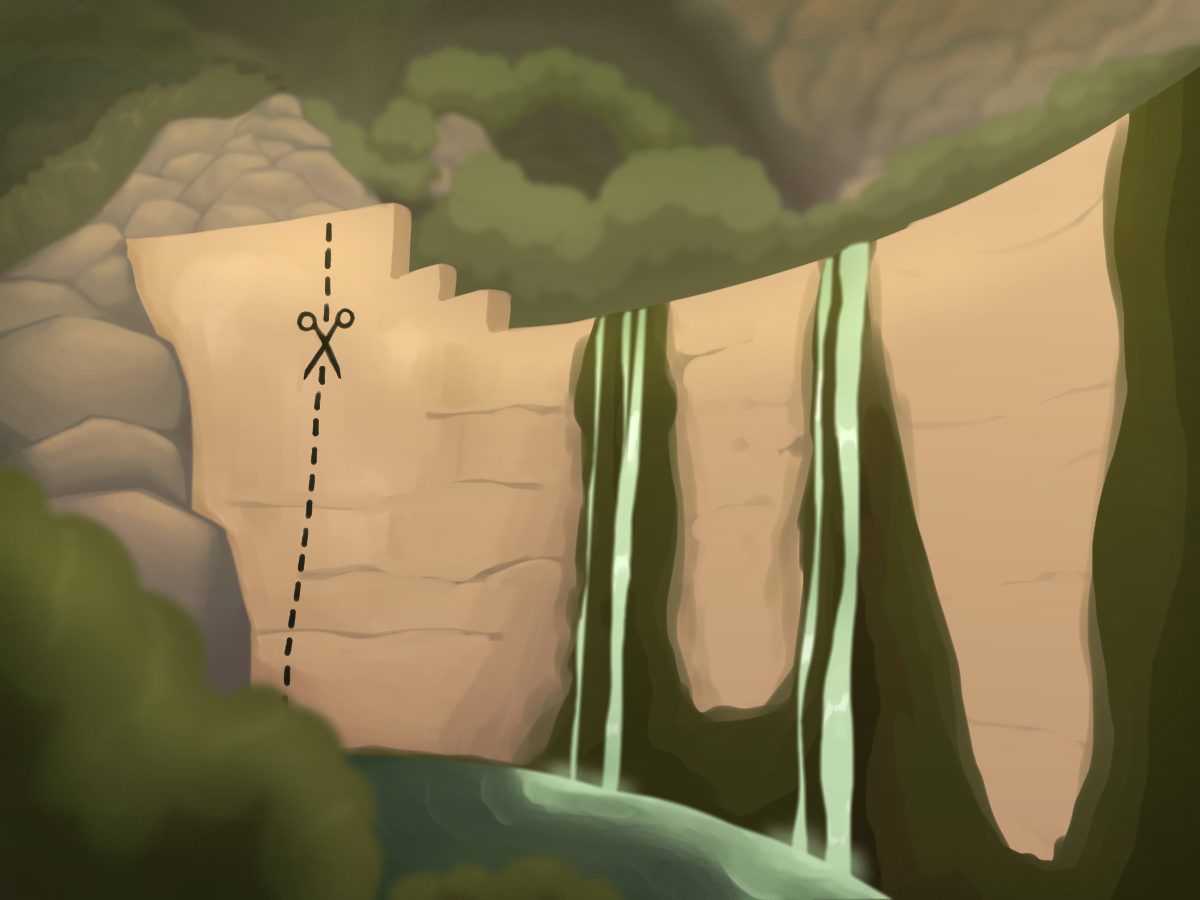


Kawashimayoshiko • Jun 24, 2024 at 2:51 am
This is pure nonsense about the epicabthic fold being adaptation to snow as it ignores an entire population of people with this feature in AFRICA. Not known for its snow.
KhoiSan people are indigenous to South Africa. They have very tightly coiled hair, golden brown skin , high prominent cheekbones and epicanthic folds on the eyes that make the eye appear slanted like the Asians.
It occurs in all races and ethnicities just at a lower percentage. As low as 6% in Europe but higher in those groups closer to Asian. And the monolid (the extreme expression) is only about 50% of Asians.
More and likely this was a random mutation that occurred for no environmental reason, and as it neither harms nor helps environment had no factor. The gene is autosomal-dominant meaning you have a 50-50 shot of passing it down. More and likely populations that have less Neanderthal mixing accounts for this variation being further reduced. And perhaps other waves of human populations that simply bred it out.
At least the suggestion of sun glare makes more sense but only in one direction.
Otherwise why do we not see the same results in primates who also have access to the sun and are working with the same genetic variables.
Kinya • Nov 22, 2020 at 5:42 pm
@joanna people currently living in the Nordic countries that you’re probably referring to are not the indigenous people of that region. Look up Sámi people. They are also of Siberian origin and migrated northwest to Scandinavia. They share a lot of Mongoloid features. The features that are associated with Scandinavian people today like blonde hall, tall, pale etc. are the cause of migration of Germanic people up north. So Nordic people are mostly of European origin, thus are Caucasian. In Northern and Central Europe the winters are not so harsh. To make up for the lack of sunlight though they developed light skin and hair which is even more prominent in Scandinavian people since during winters the sunlight becomes extremely scarce.
Per H • Aug 18, 2023 at 12:22 pm
How do you determine who is and isn’t indigenous to the land? By repeating Greta’s insightful guidance?
Mongoloid features stem from ancient adaptations to the cold Asian steppe, situated at about 4,000 km from Scandinavia. – Thus, indigenous to Scandinavia? Nordic traits, with their obvious adaptation to Nordic low UV-latitudes. – Not indigenous to Scandinavia.
Sure, we’ve inhabited the land long enough to evolve distinct adaptive traits, but who are we to claim the land as our indigenous home over such minor stuff?
Where in the world outside of Northern Europe, do you find any evidence of a widespread naturally evolved pale gene? How many years do you suppose this process has taken? Why does this process not afford indigenous status to Germanic Scandinavians, if colonizing the same land all the way from Siberia/Mongolia during a similar time frame, does? Or is the contention here, that no indigenous peoples exist in these realms at all? After all, only Africa has indigenous people when you drive the reductionist thinking far enough – and not the kinds that inhabit the Serengeti today either…
It is known that prior to the last Ice Age which ended around 9 500 years ago here, Neanderthals inhabited lands as far North as Denmark. -Meaning, I suppose, that no indigenous people live south of Denmark today, given how scarce Neanderthals have become there lately.
Recent findings also suggests Neanderthals may have inhabited Scandinavia too, although the time frame and the destructive ice sheet impact makes determination hard. Which is good, because this way the Samis, god bless them, can at least cling on to their indigenous Fennoscandian status for a little while longer.
Here’s a quote on Scandinavian genetic early history, from Sciencenordic:
“Four specimens [of gene study] came from Gotland and Stora Karlsö in Sweden[…]. The other remains were discovered in Norway: […] It is dated to 6,000 years old. All other specimens are between 8,000 and 9,500 years old.
Jakobsson and colleagues compared these specimens with genetic profiles previously mapped from the same period from Sweden and Europe.
The results showed that DNA from skeletons in northern and western Scandinavia most closely resembled DNA of people in the northeast, while skeletons from south and east Scandinavia most closely matched DNA from southwest Europe.
This suggests that Scandinavia was actually populated along two routes.
“It’s interesting and an important result because it confirms that Scandinavia was colonised early and from both east and west, something that archaeologists have long discussed,” says Kristian Kristiansen, an archaeologist from the University of Gothenburg””
My lazy wiki-quote on the meaning of being “Caucasian”:
“The Caucasian race (also Caucasoid,[a] Europid, or Europoid)[2] is an obsolete racial classification of humans based on a now-disproven theory of biological race”. – I guess that means that pale Nordic ancestry is effectively disproven too as a whole, given the placement of us in this sweeping category, less laced with genetic substance and more with ideals of the era when it was constructed.
So, in summary – it appears that as soon as the last Ice Age gave way some 9, 500 years ago, the southern part of Scandinavia was populated mainly from the south, whereas the northwest was populated mainly from the East. And the people living here today with the most obvious genetic adaptation to the land, is not indigenous. Perhaps preferably, not to any place at all – leaving such things to more authentic communities of people instead?
joanna louie • May 26, 2020 at 11:25 am
What about the nordic folks. They don’t have flat faces and it’s super cold up there.
f. e. sterling • Aug 10, 2019 at 8:39 am
As regards anthropology, I possess no expertise, but have a layman’s Darwinian-interest in prehistoric native-human and land-mass origins. My curiosity has led me to believe that the “orthodox certainty” held by that discipline is in error. Given the necessary environmental factors that produced “life” must have been present in the pre-tectonic, pre-artifact era of our earth’s aboriginal history. Surely those factors/conditions were present in the Asian land masses as well as Africa.
My speculation that “natural selection” engineered the flattened face of Asians to facilitate predatory, peripheral low light-vision of the human species brought me to this website. Low temperature had never entered my layman mind.
Thank you
Ben • Dec 11, 2024 at 5:50 am
Thank you for such an interesting and well considered piece.
The bottom line is we will most likely never know the “truth” of selection and/or why certain features endure across time? But that does not imply we should not dare to hypothesis and speculate about such things.
What we do know though with high level of certainty is that the most powerful shaping forces are Environment interacting with genetic make-up. Hence why we get so many interesting and beautiful differences within the human genome.